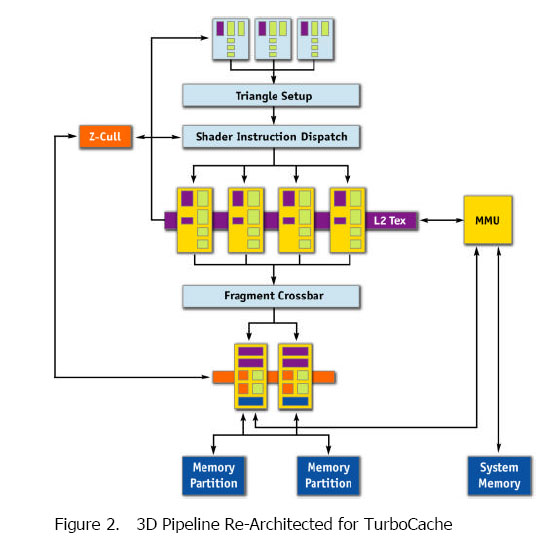dskneo said:I apologise to this forum, but this character as it coming for alooong time. The_game_master.
i understand why you talk like this in teamxbox.com, because nobody there understands things and you just have to join the words "Ps3... inefficient... no efective..." in the same post to have them look at you as a God because you say the things they say (x360 >ps3 no matter what) with technical talk, ergo, must be true for them.
The thing is, its beyond3d right here. That flawded talk doesn't pick fans here and i pitty those who keep staying in the dark with your talk at teamxbox. The positive things about some competition console, is no good to talk about, right? that means no respect over there.
With this guy, Every good thing on the little known Ps3 architecture is a Flaw compared to X360.
The only difference in your speach here is that you keep 360 out of the deal so nobody can suspect.
And then somebody with brains at teamxbox points out to this forum links to say otherwise, and you come up with a re-formulated 500 word essay (that you wrote hundreds of times already in there across endeless topics about the "good things in ps3"), on how about Rsx is inifficient and slow because its based on the G70 (which happens to be the Top gpu today), and you keep the trash talk how about it never will never hit 550mhz because you say so, even though its made at 90nm and that fact you never talk about.
After that Essay full with spectulation and omiting most of the good things, you go and talk Trash about this Article ( http://forum.teamxbox.com/showthread.php?t=364632 ) made by someone way better placed than you are at videogames, and you keep talking how the author must be crazy to talk stuff when RSX isn't even out yet...
....This being said, let me remind again about your 500 word essay of the same speculation (but way, way more negative) about how RSX is gonna suck with its huge limitations and never gonna reach 550mhz because Xenon is only 500 and that is no go for teamxbox, no sir. It must be Equal or worst than Ps3 by all means. 550 is impossible for rsx, but 500 is super doable in xenon, no doubt about it.
Oh, i forgot to mention that he says rsx is gonna be 420mhz FOR SURE, even though its a 90nm chip with all the advantages in thermaldinamics that it has.
I'm with high hopes that someone at teamxbox catches this post here... maybe you can start to give them things as they really are about the goods things of the opposition.
onde again, i apologize for this uncalled post. I'm new here, but i was cought in surprise when i saw this guy bringing his shortsight view about the other guys console in this respectable forum.
and yes, NUMA is a very very good solution to bring down the tipical bandwidth usage between Cpu and Gpu (such as a back buffer in a Gpu does) because in this case it keeps the cpu away from using bandwidth by not going to the Ram pool in the other side. It as his own memory to use without touching the main channel (so this one it can be free to transport the important stuff).
About the cpu and Gpu accessing/writing each others ram, no harm here. GPU couldn't care less about latency, and the GPu writting in cell ram i see no need for that.
You shouldn't feel the need to apologise for thegamemaster. Thanks for letting us know.

